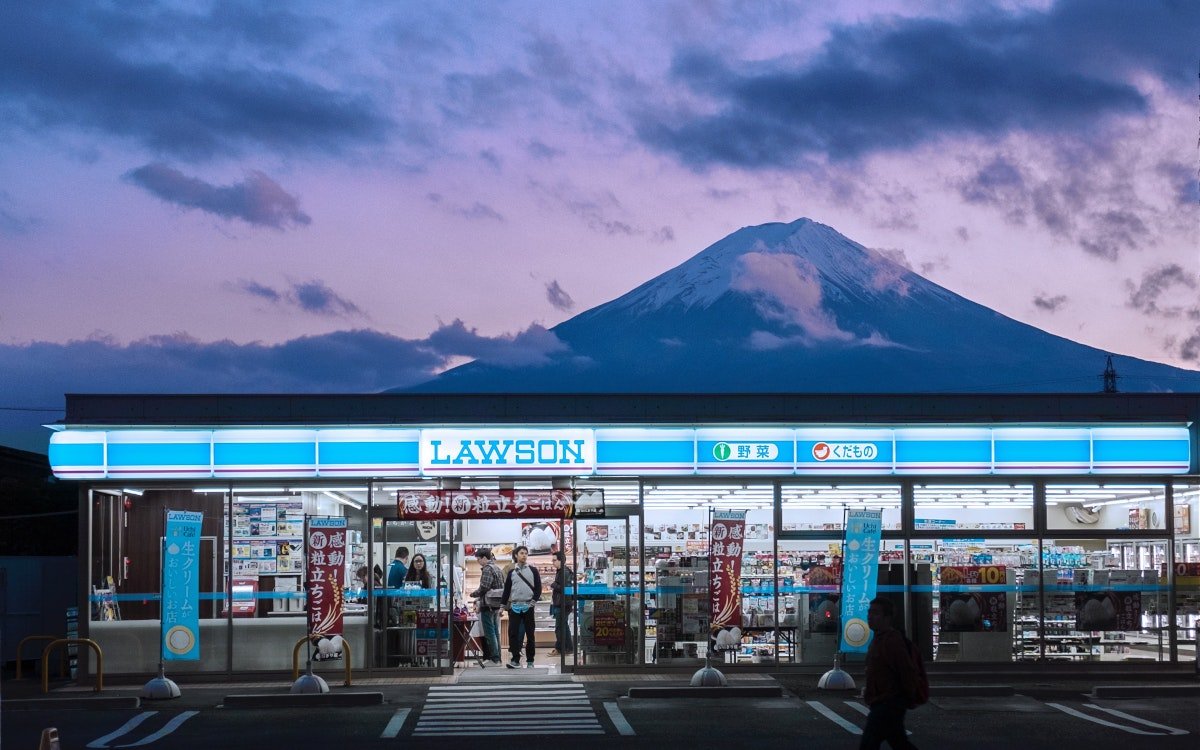Until now it was simple: instore digital signage screens promote product sales, screens in public spaces create visibility for brands. The business models of promotion (below the line) and brand campaigns (above the line) rarely got in each other’s way. But with the triumph of retail media, more and more DooH providers are pushing instore.
Programmatic goldmine at the PoS – since the outbreak of the pandemic, grocery retailers have been courted by the DooH industry more than ever. While DooH screens in city centres or train stations reached fewer consumers than before the crisis, supermarkets, convenience stores and drug stores continued to be highly frequented.
According to many advertising sales proposals offers retailers are receiving, the business prospects for programmatic DooH campaigns at the point of sale (PoS) are great. Just transfer part of the advertising inventory to 3rd party sales agent, and the money will flow.

It is undisputed – programmatic marketplaces are revolutionising the DooH media market. DooH campaigns no longer originate only from out-of-home budgets, but campaigns are now targeted purely according to target groups and socio-economic characteristics across all media channels. There is a gold-rush – after many years of build-up, the time for DooH seems to have come.
But the new DooH windfall profits are not always met with open arms at the PoS. Because retailers don’t want to share their shop window or valuable spaces instore with third parties. The digital signage focus for the retailer is product promotion – pushing the sale products and services available in store. The customer’s full attention should be on goods available instore.
Simply installing additional instore screens has not proven successful in practice. A plethora of screens at the PoS competing for shoppers attention has gone wrong in the past e.g. at the forecourt of petrol stations. In the rush to optimise turnover, some European petrol station operators allowed up to seven different media owner to install displays around the checkout area. The displays, which varied greatly in size and shape, cannibalised each other. The consumer at the checkout was overwhelmed by simultaneous tobacco, car wash and bistro campaigns (all below-the-line product advertising) as well as campaigns from external DooH network operators for lottery, TV shows or car brand image advertising.
Every single screen, every single campaign was tailored to the target group and the PoS. But the number of digital stimuli in the checkout area was too much.
Even if the multi-display petrol station setup can no longer be found today, the conflict remains. Today, DooH marketers are increasingly pushing retailers to hand over instore screen inventory for 3rd party programmatic above-the-line campaigns.
Retail Media DooH next to trade marketing campaigns – can it work?
From the perspective of DooH media sales, the answer is clear: Frequency, Opportunity to See, Mindset – everything is perfect instore. From the retailer’s point of view, „mixed operation“ of product promotion (trade marketing) and retail media (DooH) brings some challenges. The retailers’ „messaging“ gets diluted, the campaign management (black-/whitelists) is complex and often a dynamic process. And why should the retailer share the valuable space at the PoS with outsiders?
Germany petrol station and convenience store operator Tank und Rast has shown the way – its own instore screen network is primarily designed to promote sales and to accommodate trade marketing budgets. Third-party marketing runs on separate screens, but under the full control of the retailer. Control over all activities on one’s own retail space is not relinquished.
Times and business models change – it can therefore make sense for retailers to offer parts of the content loop via third-party marketers for above-the-line campaigns. But in general, a „mixed operation“ brings a lot of friction with it. It is better to have clearly separated networks distributed throughout the store along the customer journey.

